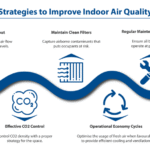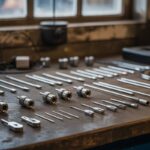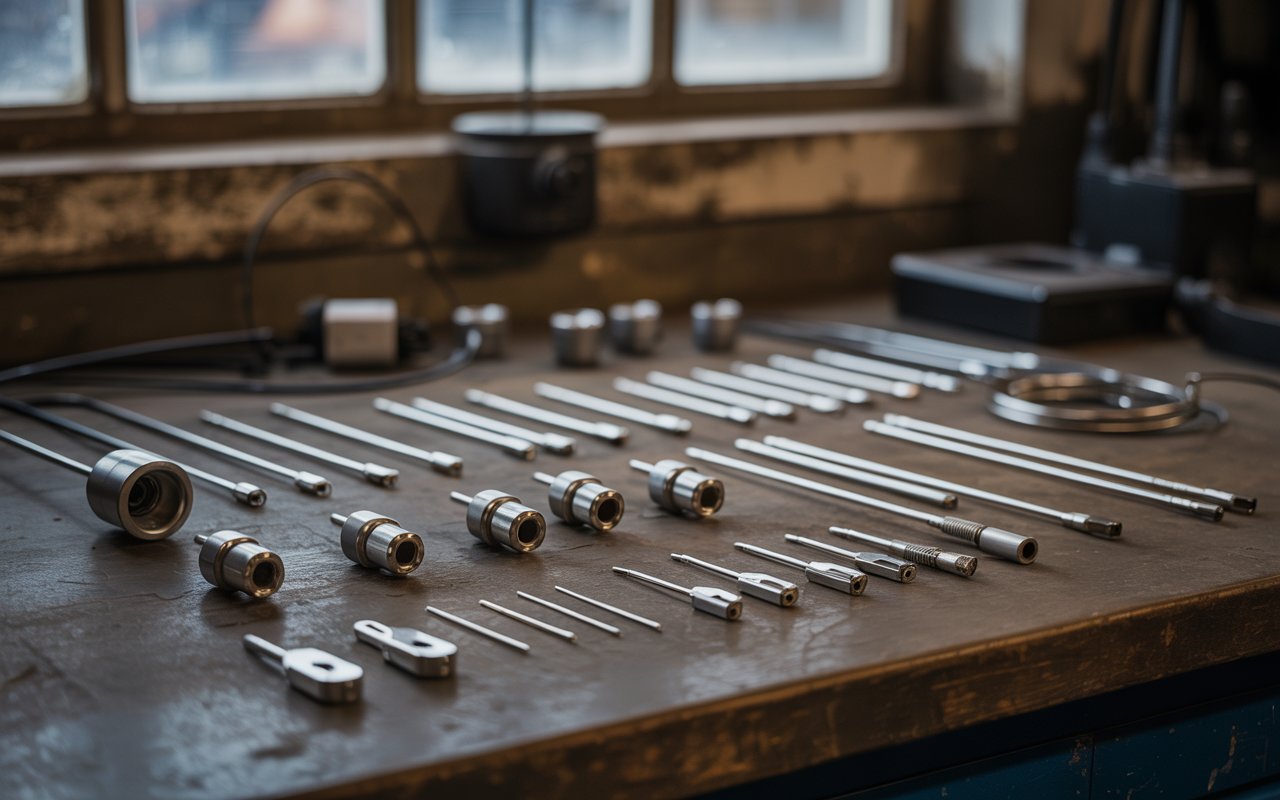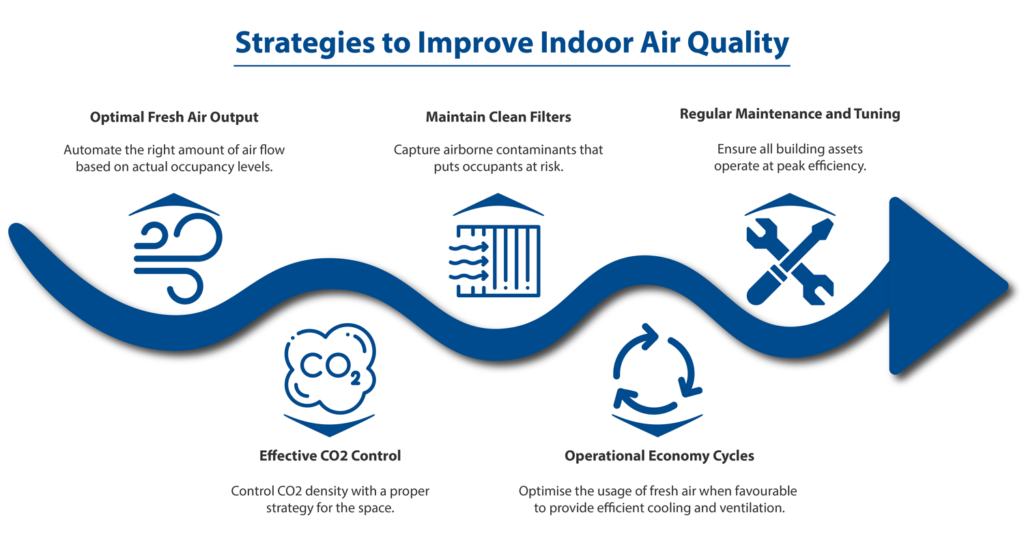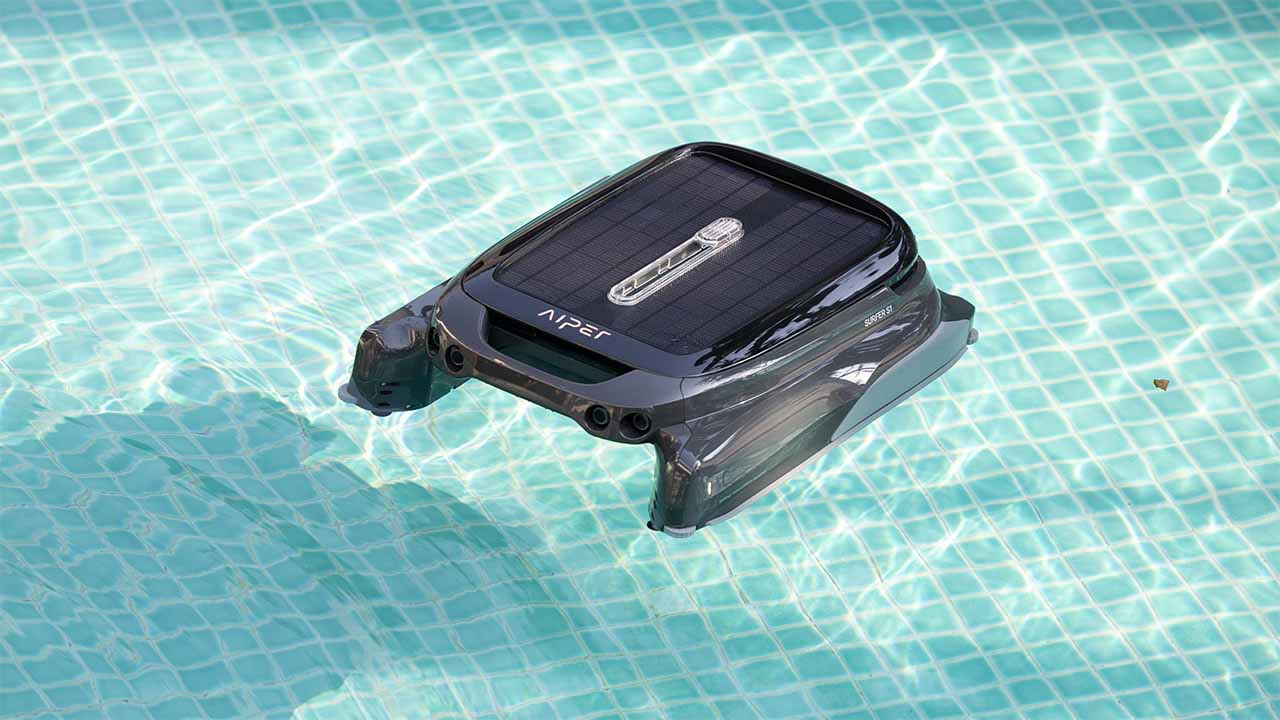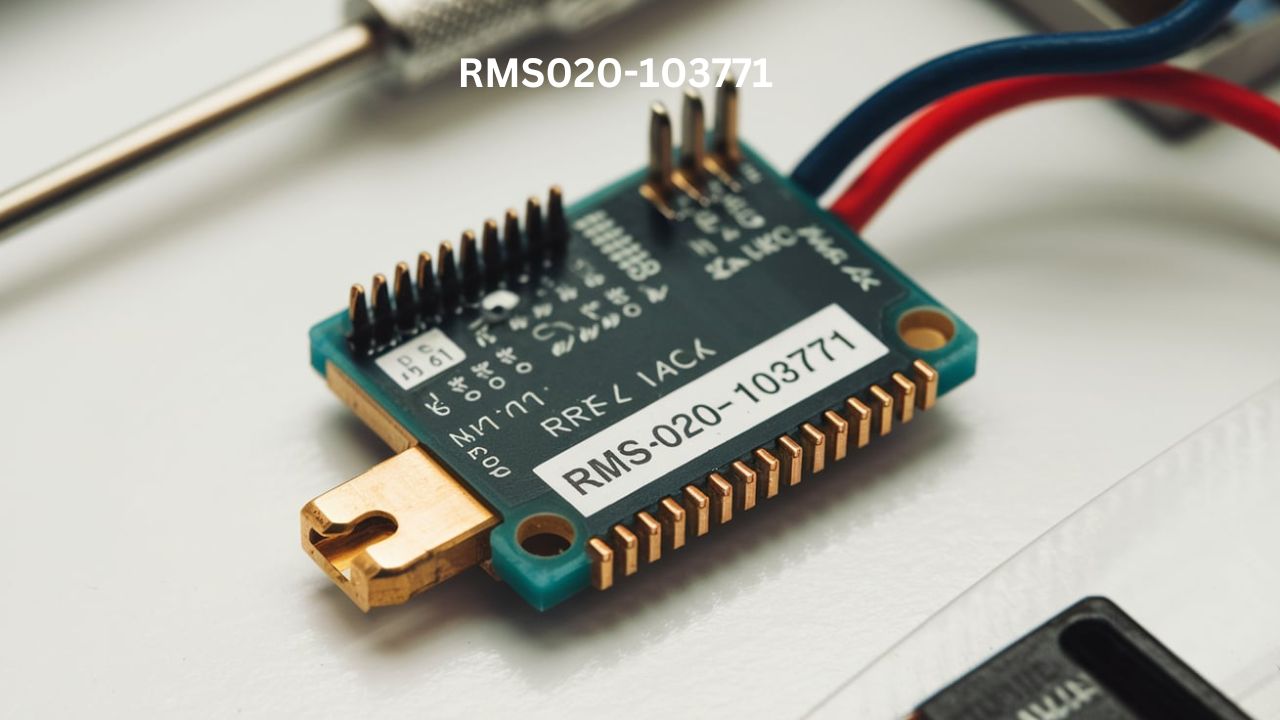The Role of Thermocouple Accessories in Industry
Proper thermocouple setup, maintenance, and accessory combinations are crucial for reduced downtime and enhanced output consistency in industrial environments. Inadequate connectors can introduce noise and corrosion, while shielding, insulation, secure fit, and optimal material selection ensure reliable data.
Precision temperature measurement is crucial in various industries, with components like thermocouple systems ensuring data accuracy and operational safety. When a plant’s production cycle depends on hitting exact temperature points—for product quality, safety assurance, or compliance with regulatory mandates—overlooking the details can lead to expensive consequences. Incorporating high-quality thermocouple accessories into these systems forms a first line of defense against measurement drift, false readings, and premature component failure.
Key Components Overview
Thermocouple accessory systems consist of various components to maximize performance. Thermowells are tough tubes that protect the sensor from harsh fluids or pressurized areas. Connectors and plugs ensure secure, low-resistance connections, preventing signal errors or noise. Terminal heads provide enclosures for termination points, simplify troubleshooting, and ensure signal integrity over long distances. Extension wire ensures signal integrity. Mounting hardware ensures proper insertion depth and alignment, influencing measurement accuracy.
Why Material Choice Matters
Material selection for thermocouple accessories is crucial for system longevity and reliability. It includes specialty alloys like Inconel or Hastelloy for high-chlorine environments and unique insulation for extension and compensating wires. Mismatched materials can introduce thermoelectric offsets and accelerate failure rates. Consulting guides, evaluating process specs, and using compatible, tested materials are essential for quality assurance and cost savings.
Best Practices for Installation
Installation quality is crucial for temperature sensing assemblies’ long-term performance and reliability in industrial contexts. Clean connections, torque values, routing extension wires, tightening terminal boxes, and color coding are essential. These steps help protect facilities from costly surprises, extend equipment life, and reinforce trust in process data. A thoughtful, methodical installation helps protect facilities from expensive surprises and extends equipment life.
Effective Calibration Strategies
Routine calibration is crucial for dependable measurement in compliance-driven industries. Common methods include dry-block calibrators or reference thermometers, while advanced methods like triple-point cells or controlled laboratory comparisons guarantee accuracy down to tenths or hundredths of a degree. Organizations maintain flexibility in calibration cycles, ensuring immediate recalibration after modifications. Documenting calibration events in a digital management platform supports continuous process improvement.
Common Pitfalls and How to Avoid Them
Industrial measurement mistakes can lead to costly or hazardous situations. Common mistakes include connecting wires or accessories for incompatible thermocouple types, substituting generic insulation, and installing in damp or corrosive areas. To avoid these issues, rigorous checks at every step of selection and assembly, using accessories with necessary ratings, and conducting regular inspections are essential.

